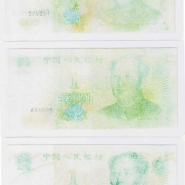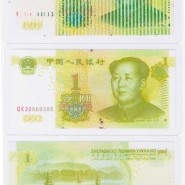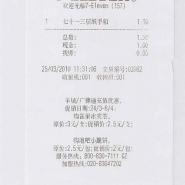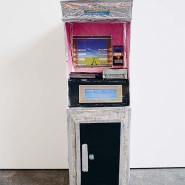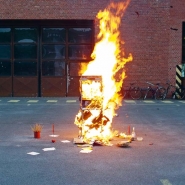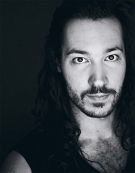
DEU
The art of Sebastian Siechold represents a systematic exploration of money in all its contexts and symbolic aspects. Some of the works presented at the graduate exhibition were made in China as part of the BERLIN_CHINA_ECHO exchange project, where he combined his topic with the exhibit’s theme of copying and imitation as a contemporary problem in China’s relationship to a globalized world and as a traditional principle of Chinese art.
Marcel Fišer
The One-Pfennig Exchange
Unlike in countless other European countries, there is no time limit in Germany for exchanging the old currency (the Germany mark) into euros. The exchange rate is 1.95583 : 1. In order to determine how the relevant authorities would handle the smallest unit of the German mark, I asked the German Federal Bank to exchange my one-pfennig coin into euros. Although it was essentially an impossible exchange, in response to my request I received a check in the value of one cent, thus receiving the best possible exchange rate of 1 : 1.
money is money is money
Step 1: I took several one-yuan notes and tried to find someone who would scan them for me, which turned out to be more complicated than I thought. Following my skills of persuasion and the use of a professional scanner, Mao found himself “behind bars.” For a bar-free scan, I had to seek out a somewhat out-of-the-way shop with a scanner without security measures. Two Juan for scanning a one-yuan note.
Step 2: The previously scanned banknotes took a long bath in bleach until not only “Mao lost face.” The notes were subsequently pressed and dried. Step 3: In the private and secret atmosphere of Fang Di’s apartment, the bleached informatik was returned to the banknotes. “Same for same.”
Step 4: The best banknote found its way to the local 7-Eleven in order to buy one yuan worth of handkerchiefs. After all, what is the point of good conceptual art, if you want to go number two and can’t wipe yourself afterwards.
Moneymachine
In China, people are convinced that the dead continue their life in Hell – and that just about everyone ends up there. Consequently, relatives work faithfully to make their loved ones’ stay as comfortable as possible. On specific occasions, they take paper replica of luxury goods, money, gold, and everyday items and burn them in order to serve their ancestors. “The good thing about magic is this: the moment it is practiced, it ceases to be magic and works.”
For 400 yuan, Mrs. Chen Da Jie – an old lady whose family has mastered the art of making such paper replicas for generations – created an ATM for me that was then burned in order to serve its purpose.
“Oh, how nice that you are giving your ancestors the chance to thank you financially.”
*1982, DEU
2003-2010 Kunsthochschule Berlin Weissensee (Inge Mahn, Karin Sander, Susanne Weirich, Else Gabriel, Eran Schaerf, Bernd Wilde)
2010 educational journey to Guangzhou and Hangzhou China with presentations, and exhibition
Exhibitions
2005 Daheim ein Hausprojekt mit Wolfgang Krause, Berlin
2006 Bookmuseum Lodz, Polen
2007 „Der Rosengarten wird unterschätzt“, Werkform, Bozen
2010 Echo, GAFA Museum, Guangzhou, China
2010 Shanzhai- Researching the culture of copying, Uferhallen, Berlin
2010 Meisterschülerausstellung, Uferhallen, Berlin






